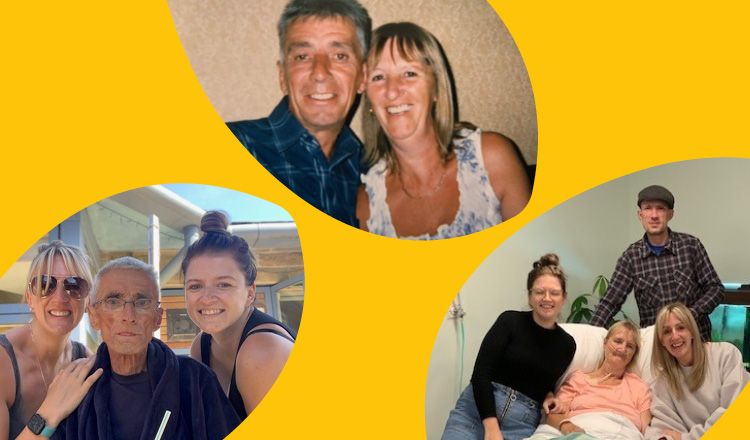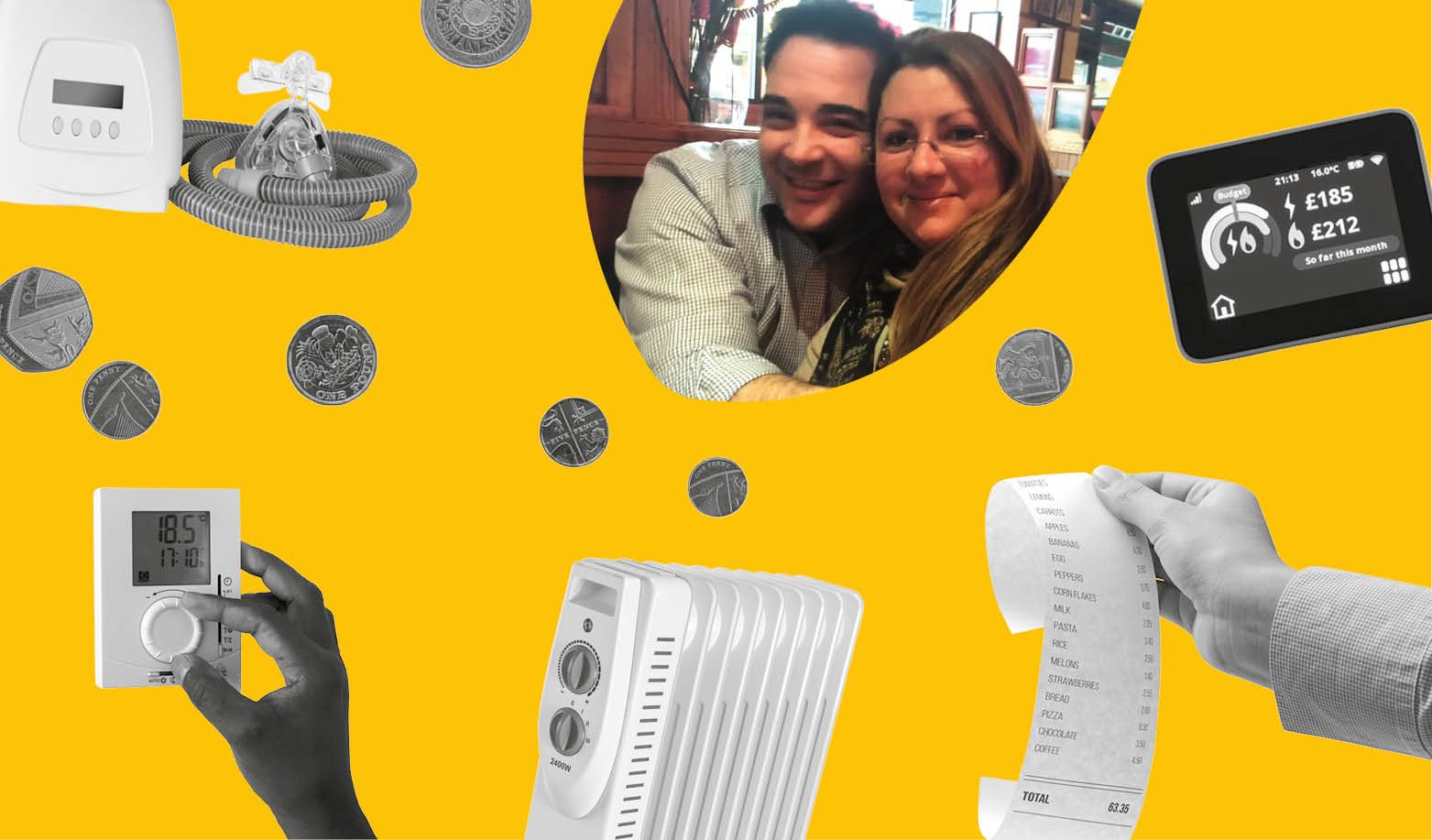Watch: Our new research prioritiesWatch: Our new research priorities
In partnership with many other organisations including the James Lind Alliance (JLA), Marie Curie led the creation of priorities to guide palliative and end of life care research in 2015. It was the first time people experiencing or affected by terminal illness identified and ranked research priorities on a large scale. Since then, these priorities have guided research funding from Marie Curie, our partners, and others. 10 years on, we’ve refreshed the list.
Unfortunately, funding for palliative and end of life care is limited. Despite 90% of dying people needing palliative care, only 0.23% of all the UK’s health-related, non-commercial research funding in 2022 was spent on palliative care research. This makes it even more important to involve people affected by terminal illness, so they guide what research is funded
Putting people’s lived experience first
The JLA works with patients, carers, and health and social care professionals to find unanswered questions around different health related topics. The priorities identified in the first Palliative and End of Life Care Priority Setting Partnership have been useful for shaping the research that affects people at end of life. After a decade of use, and changes in the health system – including the impact of the Covid pandemic – Marie Curie once again worked with funding partners, the Motor Neurone Disease (MND) Association, the Economic and Social Research Council (ESRC) as part of UK Research and Innovation, and others to refresh the list of priorities to guide future research.
The top 10 new priorities for palliative and end of life care research
- How do people with dementia experience end of life? How can palliative and end of life care better meet their needs and those of their carers, friends and families?
- How can NHS, social services and charities work more collaboratively to provide joined-up care that better meets the needs of people with a serious life-limiting illness and their carers, friends and families?
- What kinds of palliative and end of life care and support need to be in place to enable people to die well at home? What skills do staff need? What helps or hinders the delivery of care at home?
- What are the best ways to provide personalised palliative and end of life care that meets all the physical, mental, practical, social and spiritual needs of a person with a serious life-limiting illness?
- How can palliative and end of life care better meet the complex needs of people with multiple health conditions?
- How can communication and care co-ordination be improved across the teams of health and social care professionals caring for people with any serious life-limiting illness?
- What skills, training and information do carers, friends and family members need to be able to care for someone who is dying at home (e.g. giving medicines safely by injection, managing incontinence, moving people)? What is the impact (pros and cons) of upskilling the people giving care?
- How can the quality of palliative and end of life care in hospital be improved? What helps or hinders improvement?
- What are the best ways to provide palliative and end of life care, support and advice at all hours (24/7 or out of hours)?
- How can palliative and end of life care better meet the needs of people who live alone, or are socially isolated?
You can see the complete list of 24 research priorities in the full report.
People with lived experience are at the heart of our research
To support us with our task, we established a Lived Experience Group (LEG) and Steering Group so twenty people affected by terminal illness could share their experiences to support and advise the project. The Steering Group shared some of the same lived-experience members as the LEG, but had added input from health and social care professionals and representatives from key research funders.
Coming up with a new set and ranking of priorities
To come up with a new set of priorities for end of life care research, and to determine if they had changed since 2015, we asked people affected by terminal illness – including patients, those close to them and professionals – what they felt future palliative and end of life care research should focus on. Together, the project team turned these thoughts into 79 questions. These were then prioritised in a second survey and we took the top 24 questions to a workshop where they were debated and reordered to create the final top 24 priorities.
What do these priorities mean for people at the end of life and their families?
These priorities represent the range of issues that influence people’s experiences towards the end of life. These can act as a guide for researchers and funders to make sure that future research is relevant and important to people affected by terminal illness.
We’d like to thank all those involved, including those affected by terminal illness who contributed, and members of the Steering Group and LEG. We’d also like to thank all supporting organisations, including our co-funders the ESRC and MND Association.
You can read more about how the list was assembled and prioritised, and how people responded to each survey in the full report.




